Our water lily patch near the bridge leading to the orchard is becoming more and more attractive. Recently, we introduced a new variety in three different spots—a striking water lily boasting exquisite double flowers, capable of reaching heights up to 15 cm. The creamy yellow petals with a delicate pink base emit a lovely scent. The leaves are olive green with light spots.
Hailing from Le Temple-sur-Lot
This particular variety comes straight from the birthplace of the 'Monet' water lily, the village of Le Temple-sur-Lot in southern France. It was in this village that Joseph Bory Latour-Marliac (a French lawyer and horticulturalist) established his Jardin des nénuphars (Garden of Lillies) as early as 1875.
Fresh from the pond
Nénuphar is a French tongue-twister for water lily. The Jardin des nénuphars is still a beautiful nursery with associated water gardens and more than 200 varieties of water lilies. You can buy them on site, after which a kind employee will pull them out of the basin for you.

The coloured water lily
Until the late 19th century, only the hardy white water lily was common in Europe. Latour-Marliac revolutionised this by crossbreeding it with colourful water lilies from tropical regions, thus introducing yellow, pink, red, and blue water lilies to the continent.
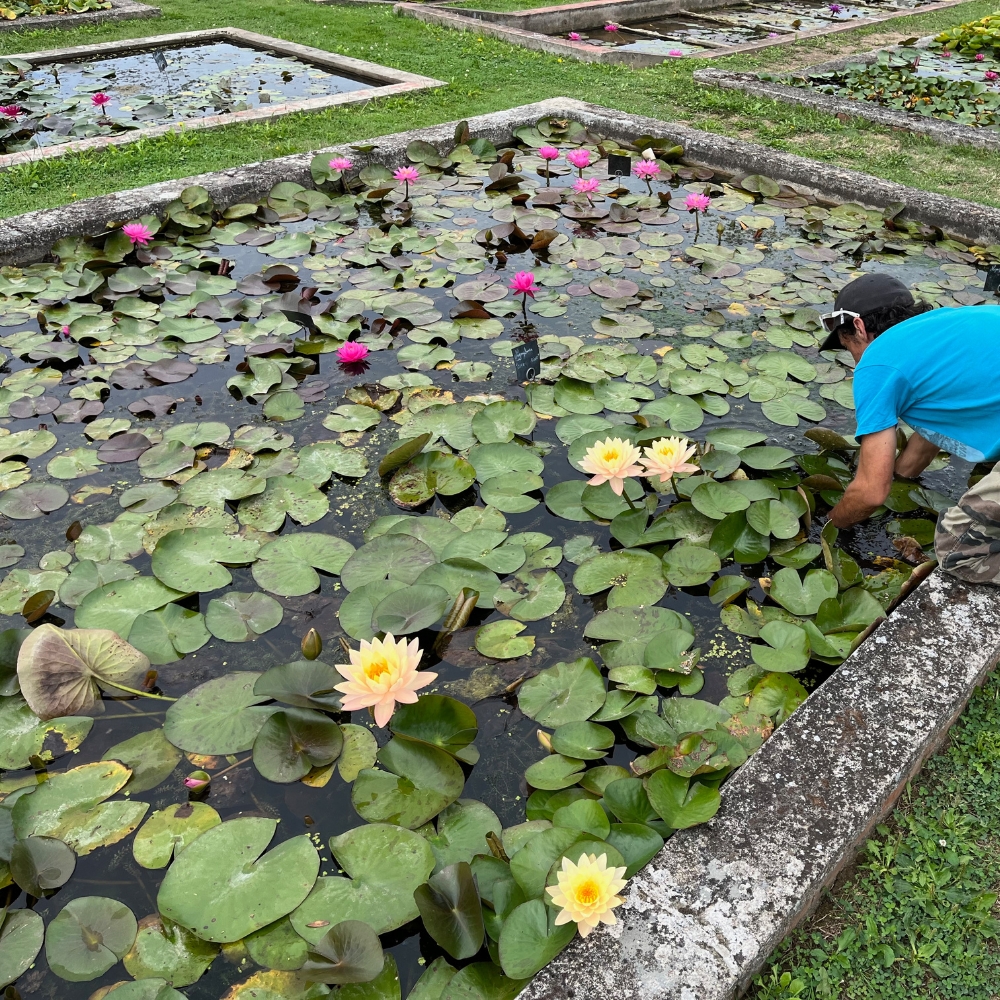
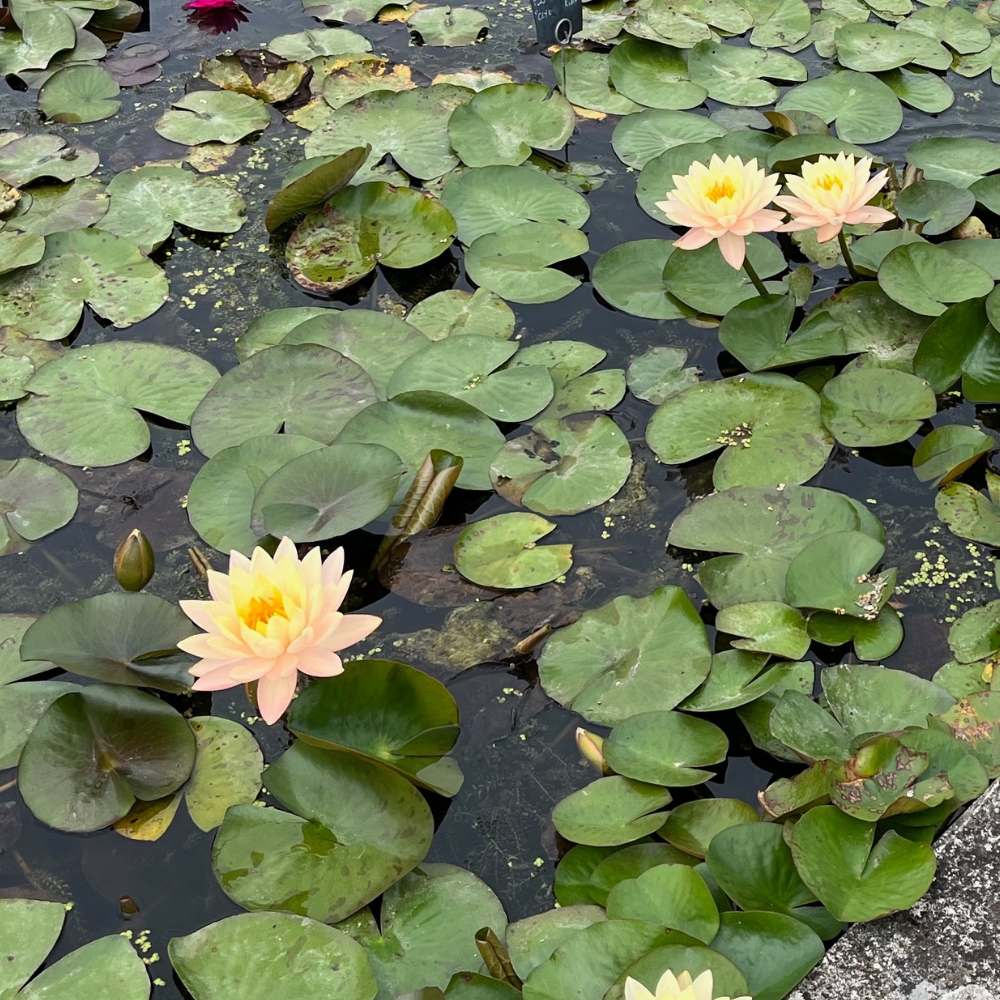
Claude Monet
At the 1889 World's Fair in Paris, Latour-Marliac exhibited his beautiful water lilies for the first time. They were a real sensation and he won a 'Medaille d'Or'. Among the admirers was none other than Claude Monet, whose artistic eye was captivated by their beauty.
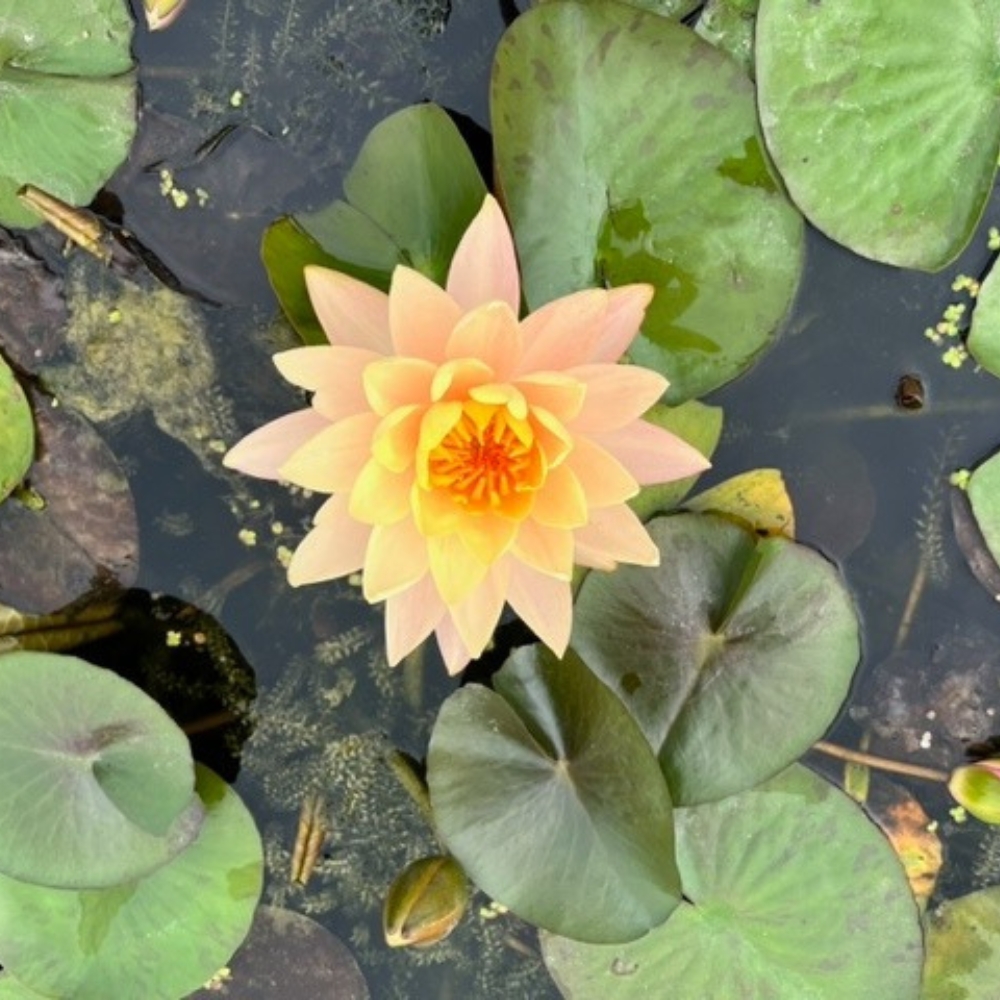
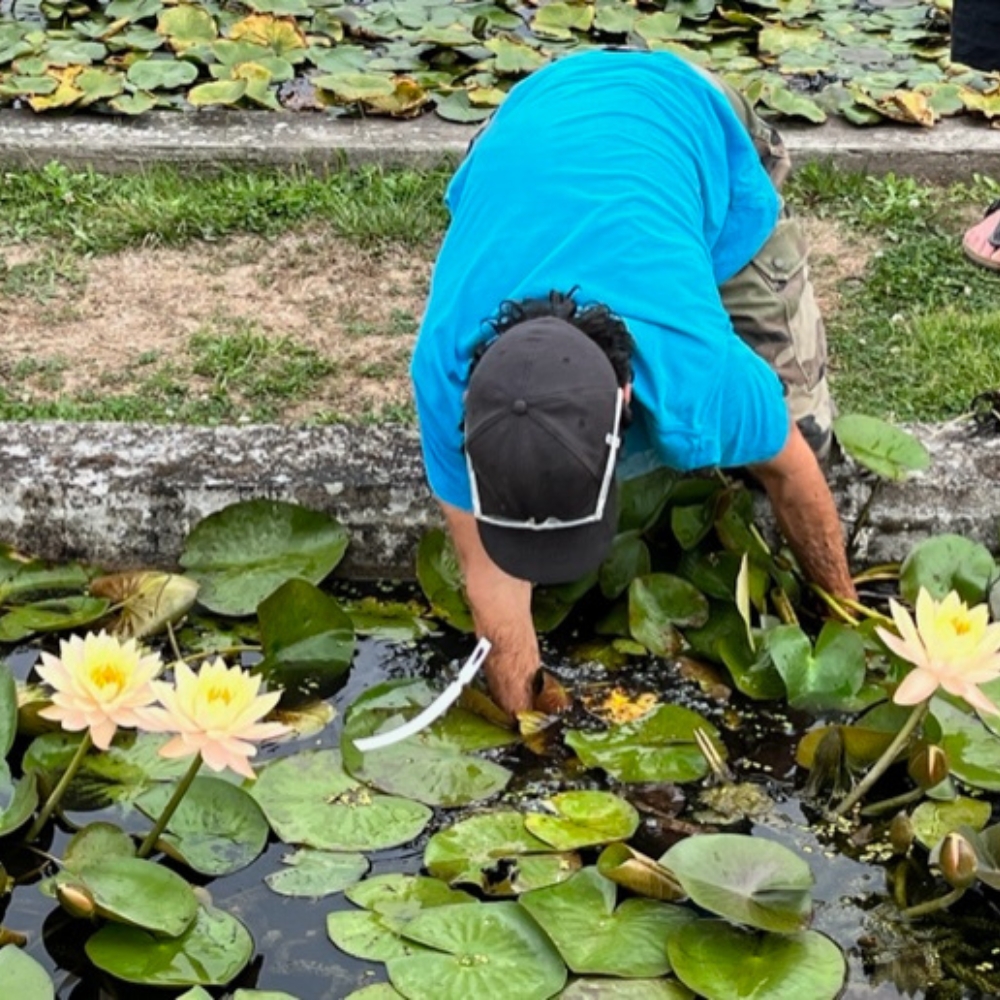
A water garden full
Inspired by what he saw in 1889, Monet purchased land in Giverny and opened his iconic water garden in 1894. He ordered all his water lilies directly from Latour-Marliac. The bill for this is framed on the walls of the small museum in the Jardin des nénuphars. Monet was the first to paint such colourful water lilies and the rest is history. His fame is, in many ways, tied to the largely forgotten Latour-Marliac.
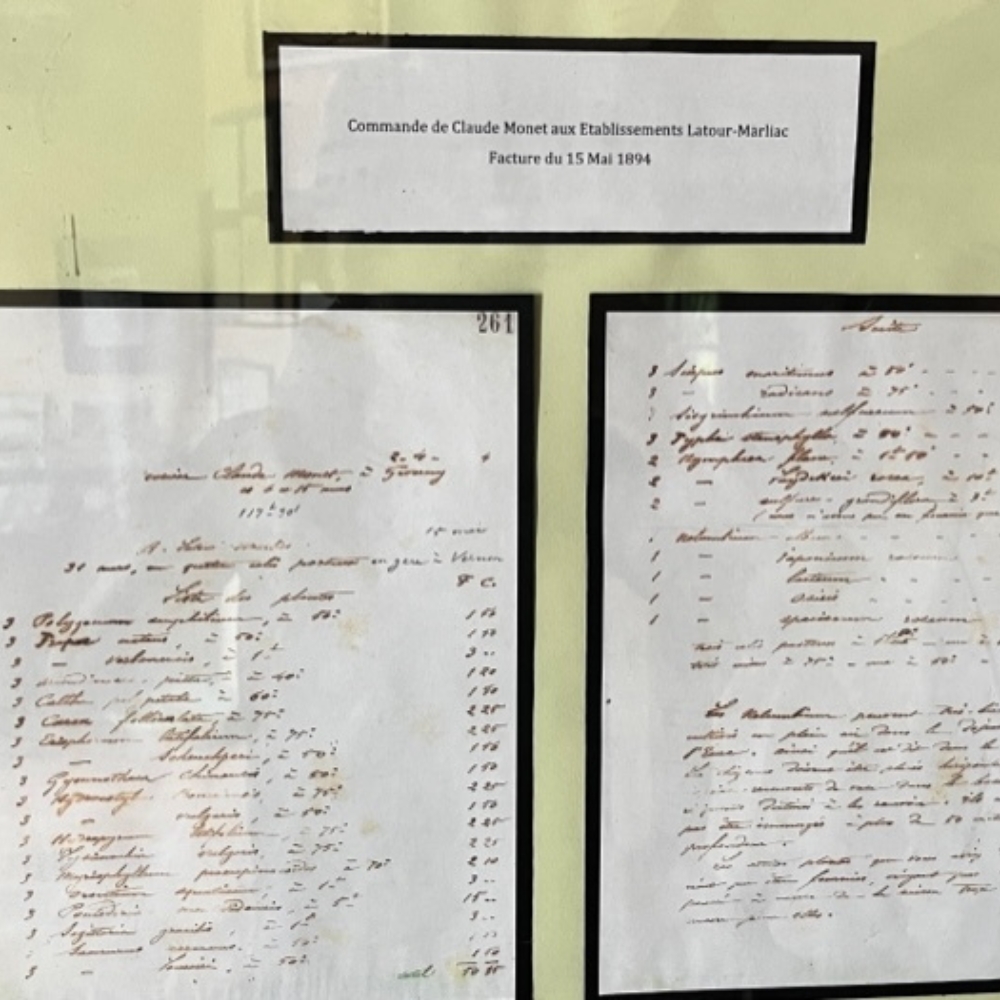

And lest we forget, our new water lily proudly bears the charming name: Nymphaea ‘Clyde Ikins’.
By: René Spoelstra
